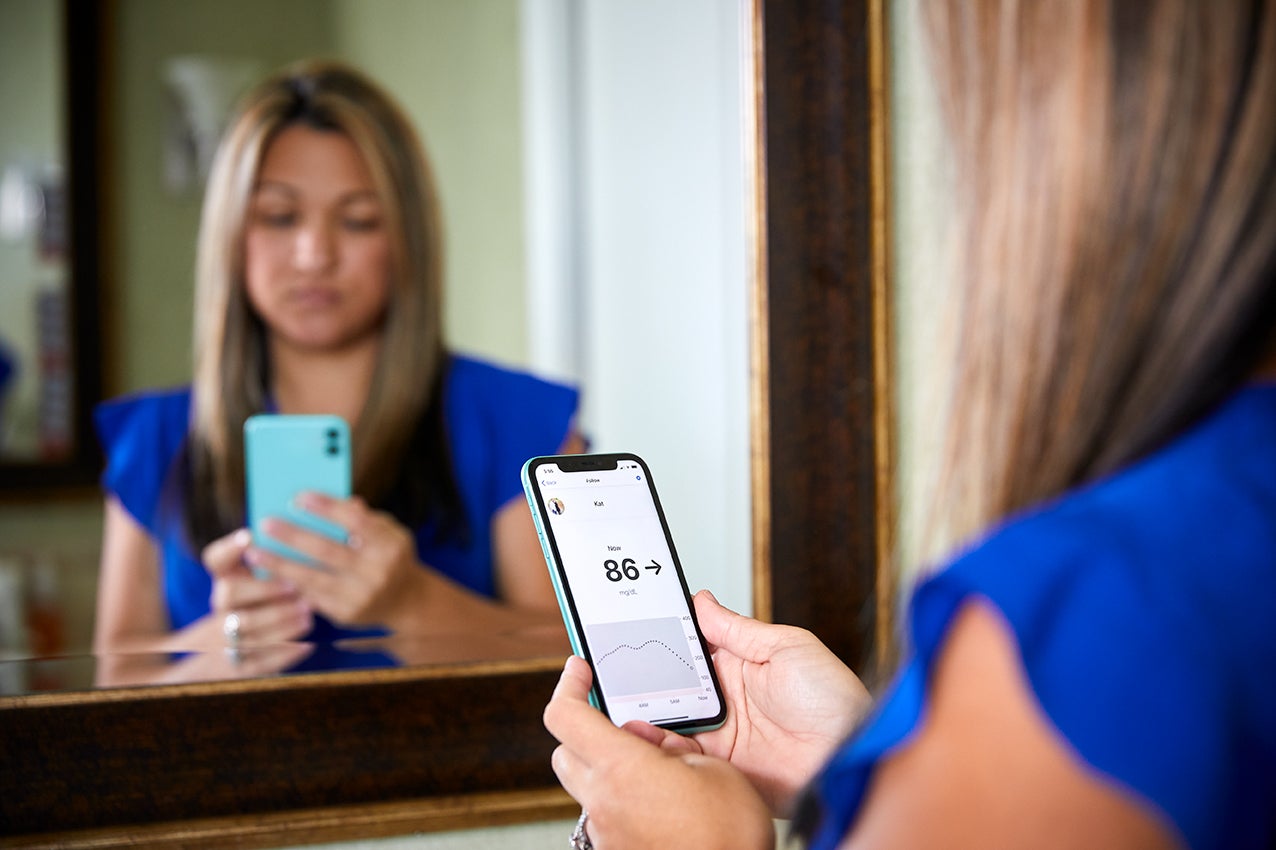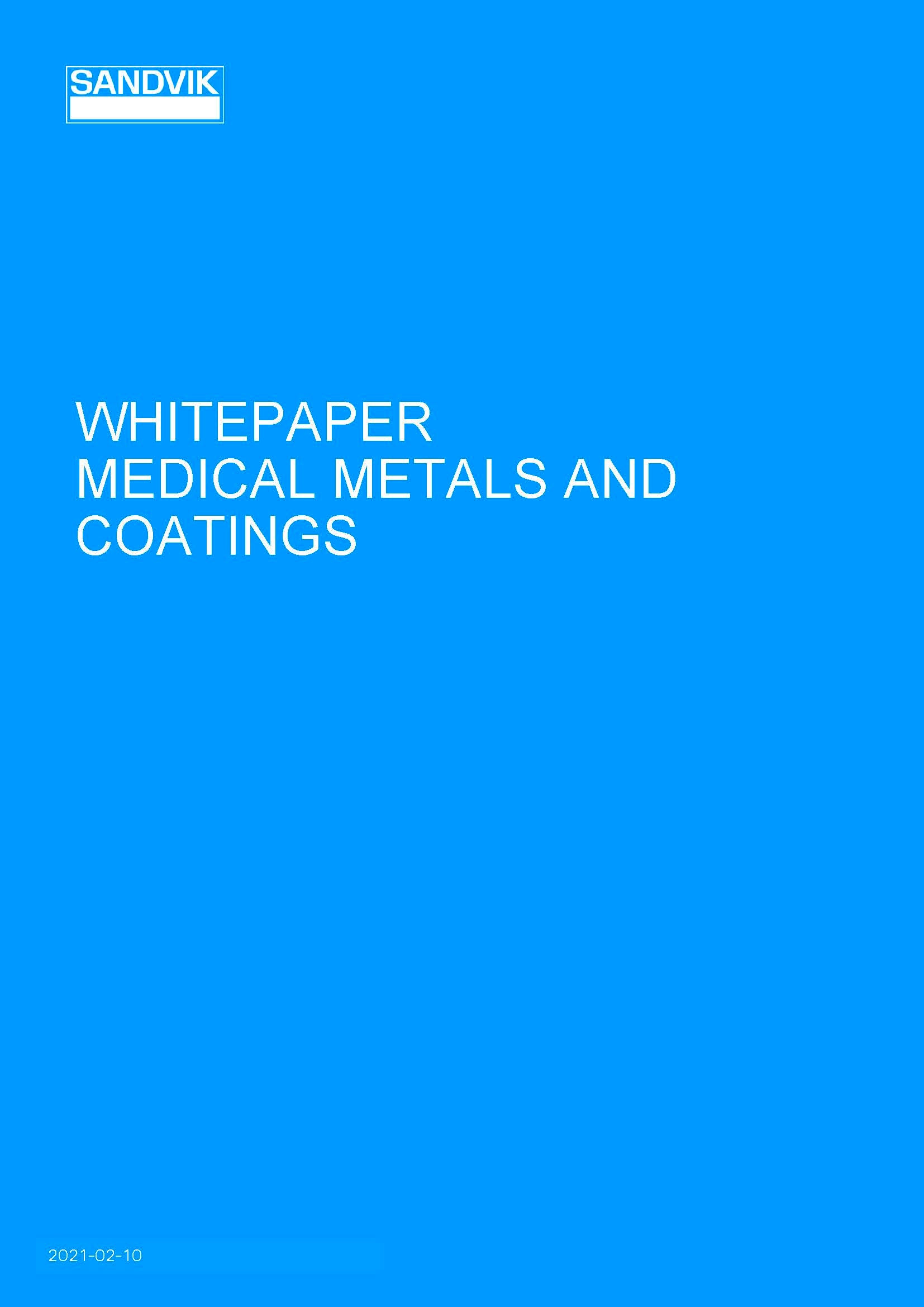
Type 1 diabetes is a debilitating chronic health condition that affects numerous aspects of daily life. If poorly monitored, it can have a damaging effect on a body’s systems. Continuous glucose monitoring (CGM) is a method used by diabetes patients to track glucose levels in the blood, without needing to carry out a finger-prick test, and contributes to better diabetes management.
Medical Device Network interviewed Katina Whitten, a user of continuous glucose monitoring applications and a product developer at fine medical wire company Sandvik, the leading medical manufacturer which produced the precision medical wire that is used in her life changing CGM equipment.
CGM needs precision medical wire to operate successfully
Finding the most suitable medical wire component is a crucial step for any medical device manufacturer. For CGM devices such as Whitten’s, the wire must be long-lasting, biocompatible, and offer excellent conductive properties. Trusted alloy manufacturer Sandvik’s EXERA® brand of ultra-fine medical wire is a trusted wire solution, used in a variety of medical applications including glucose-sensing solutions.
After working on developing EXERA® wires used in CGM devices by Sandvik, Whitten had no idea that she one day would need a CGM herself. “I have what is called late adult-onset Type 1 diabetes,” Whitten says. “In my case, this means that my body is not creating insulin anymore.”
Improving patient’s health: pregnancy
For Whitten, raising a family was always a life goal. However, she was concerned how her chronic condition would affect her health during pregnancy. Blood sugar that is not well controlled in pregnant women with Type 1 or Type 2 diabetes can result in life-threatening problems for both mother and baby. High blood glucose levels during pregnancy increases the chance that the baby will be born too early, have breathing problems or more critically, increases the possibility that the mother may have a miscarriage.
CGM’s play a vital role in allowing pregnant women with diabetes to successfully monitor their glucose levels throughout the day, ensuring effective diabetes management and significantly reducing the risks to both mother and baby.
“I can’t imagine my life without my children. To become a mother is nothing you can take for granted. I wouldn’t be able to sit here today saying I am a mother of five if it wasn’t for my continuous glucose monitor. The monitor has allowed me to give birth to healthy children while having peace of mind that my blood sugars stay controlled throughout the entire pregnancy.”
Lifesaving glucose alerts
CGM users insert a tiny sensor wire just under their skin and an adhesive patch holds the CGM sensor housing in place. The sensor detects the glucose level using glucose oxidase and measuring the enzymatic reaction and the resulting production of hydrogen peroxide. Electrical signals are generated when hydrogen peroxide reacts to the sensor which is attached to a transmitter. The transmitter then sends real-time readings wirelessly to a receiver, which can be connected to an app on a smart device. It is also possible to send alerts to friends or family members when certain glucose thresholds are reached, which can be lifesaving, particularly for vulnerable users such as pregnant women.
For Whitten, knowing that the CGM will alert her family if her glucose levels are high or low is invaluable. Whitten’s CGM device helps her to live a normal life while working and doing what she loves most – being with her family and raising five healthy children.
“Today, it gives my family peace of mind that they are able to play an active role in monitoring my glucose levels to ensure that I stay healthy,” says Whitten. “My family means the world to me. Thank you for giving me the freedom to do what I love most in life.”
To find out more about medical materials made by Sandvik, download the whitepaper below.



